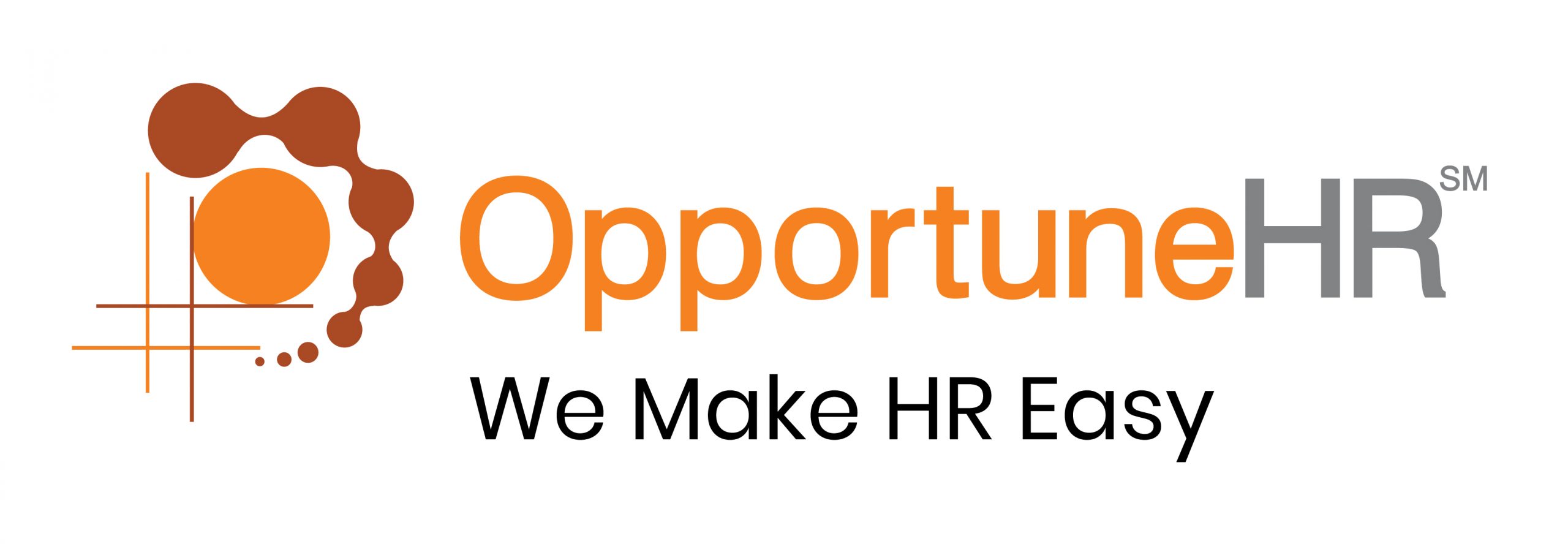Human Resources (HR) departments play a crucial role in managing the workforce and ensuring smooth operations. HR managers do their best to streamline the processes to the best of their abilities. But their job gets tedious as the organisation grows. Many common HR challenges and bottlenecks hinder their work and take away their focus from important issues.
From attendance tracking to leave management, and payroll processing to performance appraisals, these bottlenecks impact employee productivity, compliance with labor laws, and overall organisational efficiency.
Here are some of the most prevalent HR bottlenecks–
Attendance Management Challenges
One of the most significant challenges faced by HR departments is attendance tracking. Relying on manual methods for attendance tracking can lead to errors, inefficiencies, and time-consuming processes.
Manual systems for attendance management result in delays, inaccuracies, and difficulties in generating reports.
Inconsistent attendance policies across different departments or teams can lead to confusion and disputes among employees. Poor communication regarding attendance expectations, policies, and consequences complicates this issue further. As it results in misunderstandings and non-compliance.
Employees engaging in time theft practices such as buddy punching or falsifying time records influence attendance accuracy and reliability in a bad way.
Not adhering to labor laws and regulations related to attendance tracking can result in legal implications and financial penalties for the organisation.
Low employee engagement and morale often lead to higher rates of absenteeism affecting overall attendance performance.
Outdated or inefficient attendance tracking systems further hinder the HR department’s ability to effectively monitor and manage attendance data.
Leave Management Bottlenecks
Another area where HR departments face significant challenges is leave management. Having inconsistent leave policies across departments or teams leads to confusion among employees, resulting in unfair treatment.
Approval delays for leave requests cause last-minute adjustments, staffing shortages, and employee dissatisfaction.
Difficulty in accurately tracking leave balances leads to errors and disputes which may cause compliance issues.
Unauthorized absences result in workflow bottlenecks, affect productivity, and create disciplinary issues. Instances of leave abuse strain resources and impact team performance.
Failing to adhere to legal requirements and company policies related to leaves of absence exposes the organisation to legal risks and liabilities. Poor communication regarding leave policies, procedures, and expectations leads to misunderstandings, conflicts, and dissatisfaction among employees.
Using outdated or inefficient leave management systems impedes the HR department’s ability to effectively track, approve, and monitor leave requests.
Payroll Processing Challenges And Bottlenecks
Manual data entry for payroll processing is a common bottleneck faced by HR departments. Relying on manual processes leads to errors, inconsistencies, and time-consuming tasks. Failing to comply with tax regulations, labor laws, and payroll requirements can result in penalties, fines, and legal implications for the organisation.
Incorrect recording of employee work hours, overtime, and leave results in payroll discrepancies and disputes causing financial losses. Delays in processing payroll due to manual procedures or approval bottlenecks cause payment delays leading to employee dissatisfaction.
Non-integrated systems for time tracking attendance leads to data silos. And results in duplication of efforts. Also, inefficiencies in payroll processing.
Understand the time-saving advantages of payroll automation in our detailed guide.
Insufficient measures expose payroll data to security breaches, unauthorized access, or data loss that jeopardize employee privacy and company reputation. Excel sheets and desktop software are common reasons for such security breaches.
Performance Appraisal-Related Bottlenecks
Performance appraisals are often tricky, especially when proper criteria for evaluation is not set.
When the criteria for performance are not clear, it can be hard for employees to understand what is expected of them.
Poor-quality performance data can make appraisals less accurate and reliable, leading to incorrect conclusions about employee performance.
Automation can make performance appraisals more fair and consistent. With automated systems, evaluations can be based on clear criteria, making it easier for employees to understand what is expected of them.
Recruitment and hiring Challenges
These are obstacles or challenges that slow down or impede the process of finding, attracting, and hiring qualified candidates for job positions within an organisation.
These bottlenecks can occur at various stages of the recruitment process, such as sourcing candidates, reviewing applications, conducting interviews, making hiring decisions, and completing the onboarding process. Some common recruitment and hiring bottlenecks include:
- Inadequate job descriptions that do not clearly outline the requirements and expectations for the role.
- Lengthy and complex application processes that deter potential candidates from applying.
- Limited visibility of job postings on relevant platforms, leading to a lack of suitable applicants.
- Delays in scheduling interviews or providing feedback to candidates, cause them to lose interest or accept other offers.
- Inefficient communication between hiring managers, recruiters, and candidates, results in misunderstandings or delays in the process.
- Bias in the selection process hinders diversity and inclusion efforts within the organisation.
Identifying and addressing these bottlenecks is crucial for improving the efficiency and effectiveness of the recruitment and hiring process.
HR automation is the perfect solution to HR Challenges And Bottlenecks!
While these HR bottlenecks may seem daunting, automation can streamline business processes and provide effective solutions to overcome them.
First and foremost, many human errors due to data transfer with Excel sheets and manual uploads will be eliminated.
Secondly, HR automation demands that policies must be well-defined. So many common errors are eliminated in the HRMS implementation process.
HR software is a powerful tool to streamline application tracking, interview scheduling, and employee onboarding. They eliminate many of the manual tasks, and so reduce human errors, and increase the speed and efficiency of HR teams.
By implementing an automated attendance tracking system, attendance processes can be streamlined. And generated reports would be accurate.
Similarly, when it comes to leave management: Standardized leave policies, expedited approval processes, and accurate tracking of leave balance minimize the risk of unauthorized absences or abuse.
These systems also help organisations comply with legal requirements and improve communication with employees regarding leave policies and procedures.
Automated payroll processing systems eliminate manual data entry errors, and ensure compliance with tax regulations and labor laws. It facilitates timely payments to employees. Enhances data security measures and reduces employee complaints related to payroll inaccuracies or delays.
Automation in performance appraisal provides managers with standard templates and guidelines for appraisal. It offers objective evaluation criteria that are fair and consistent across the organisation.
Conclusion: HRMS can dramatically reduce common HR challenges and bottlenecks.
HR bottlenecks are many. And these occur regularly. Especially when organisations use Excel sheets and desktop HR software.
So a cloud-based HR solution is recommended. An HR platform that can tackle everything. From attendance tracking, leave management, and payroll processing to performance appraisals.








